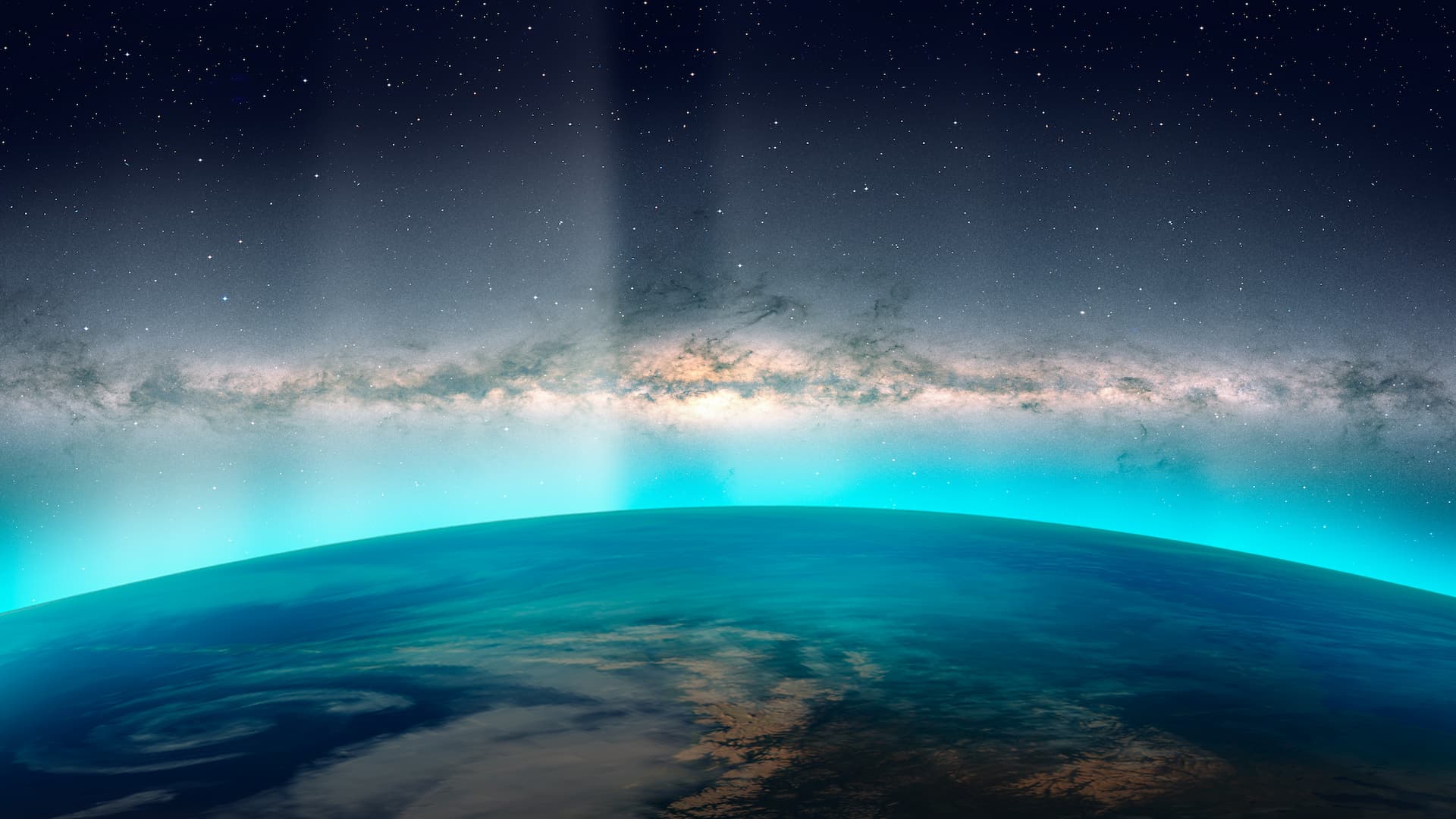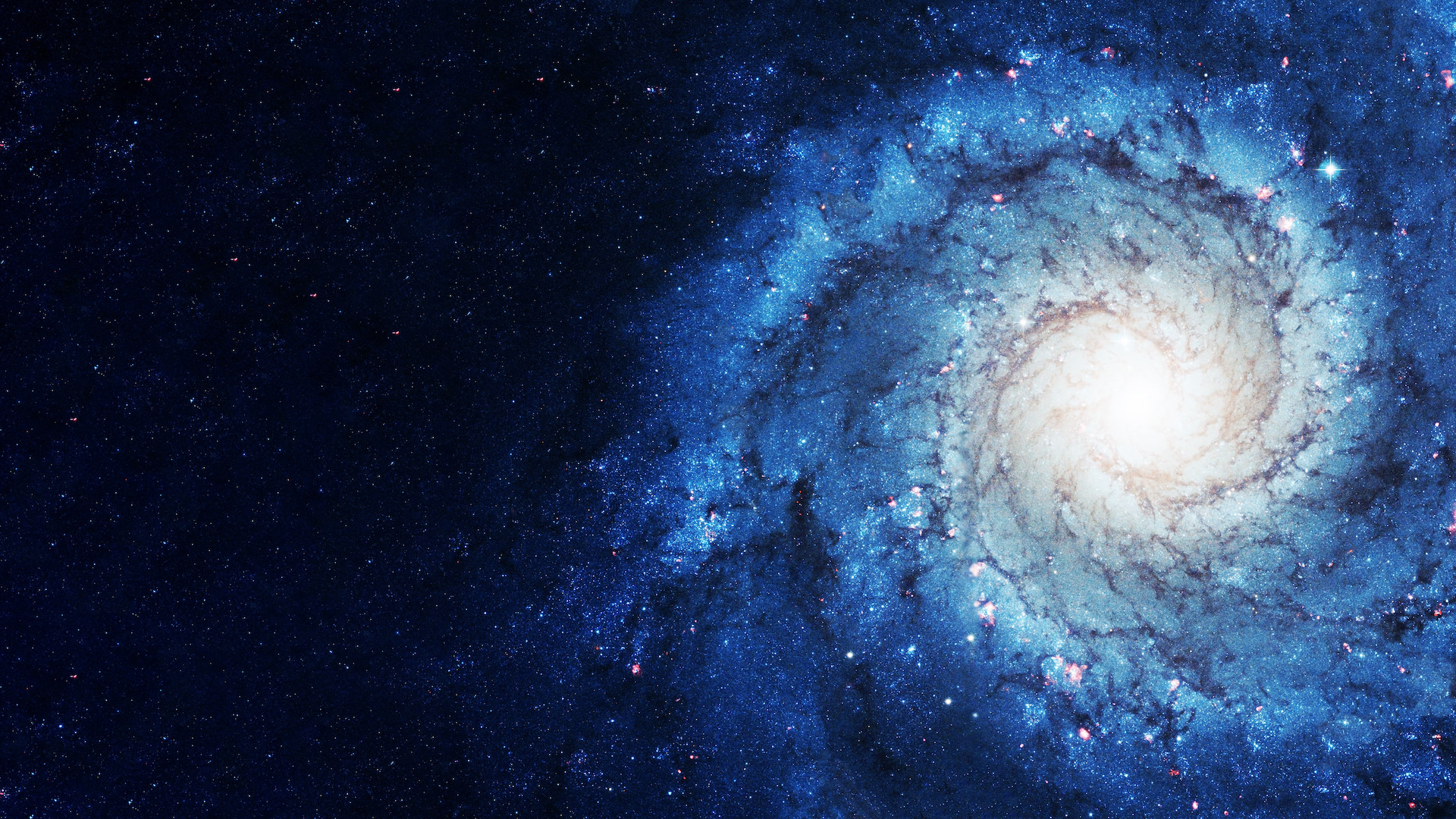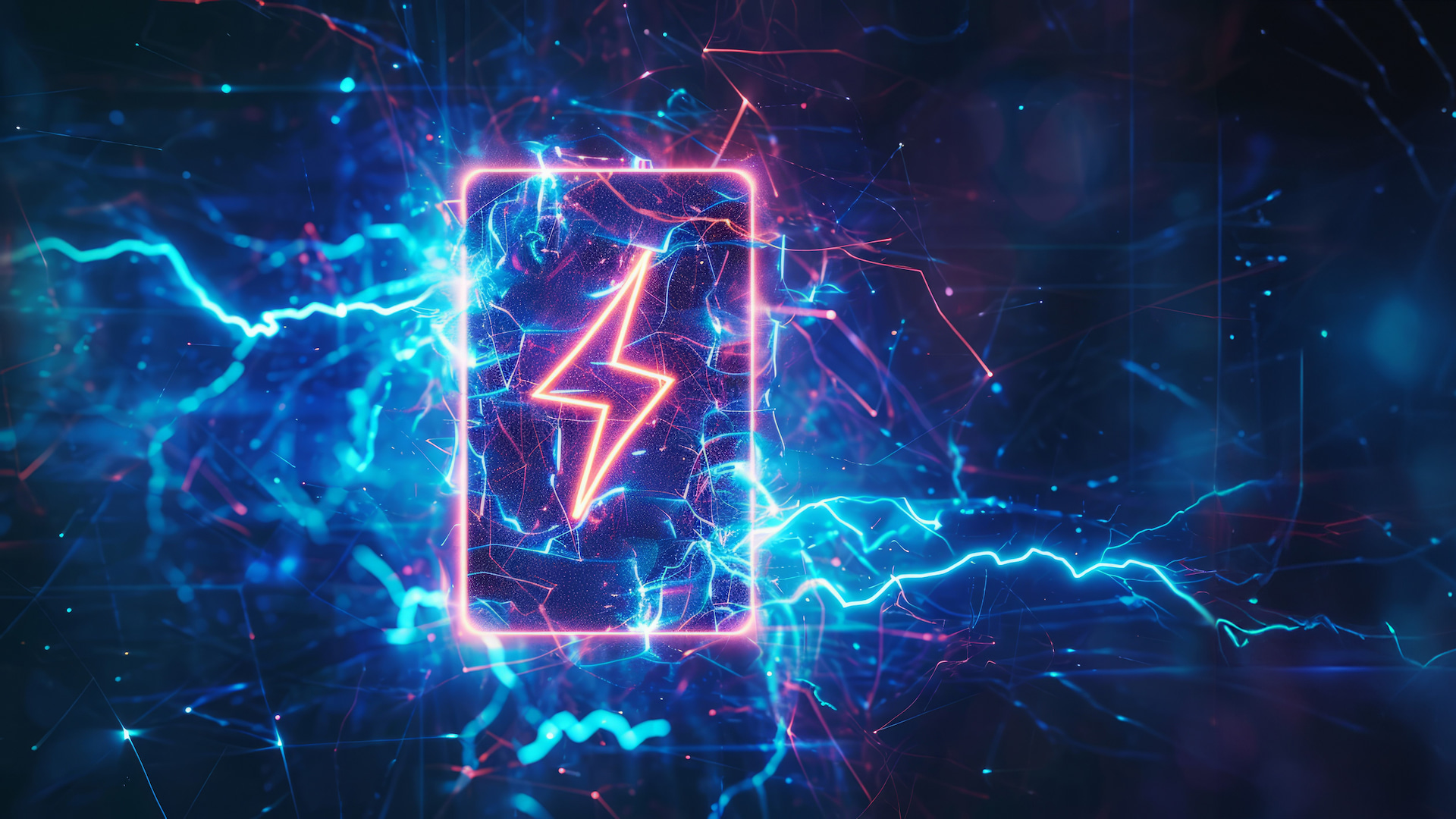In a world that pulses to the rhythm of electricity, the stark contrast between the illuminated avenues of developed cities and the dimly lit paths of underpowered communities highlights a profound disparity. Despite monumental advances in technology and energy production, a significant portion of the global population remains cloaked in energy poverty, a condition that stifles economic growth, jeopardizes health, and anchors communities in cycles of poverty.











